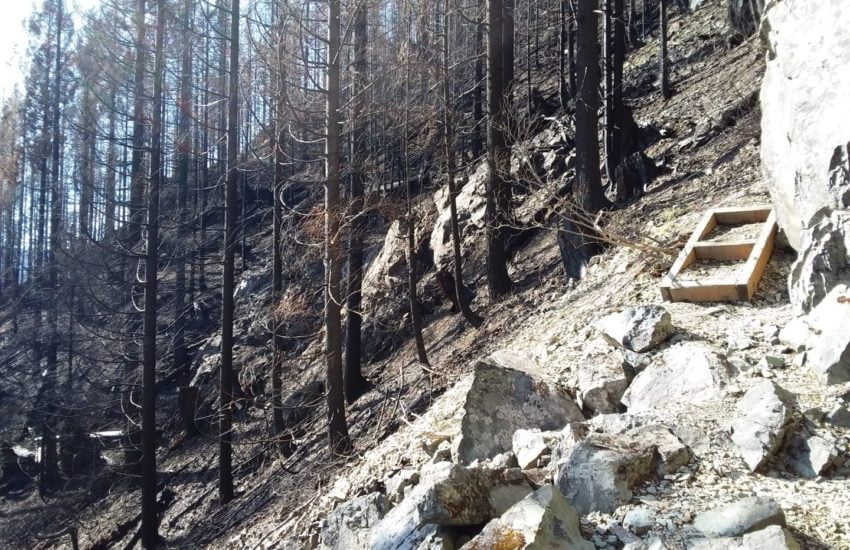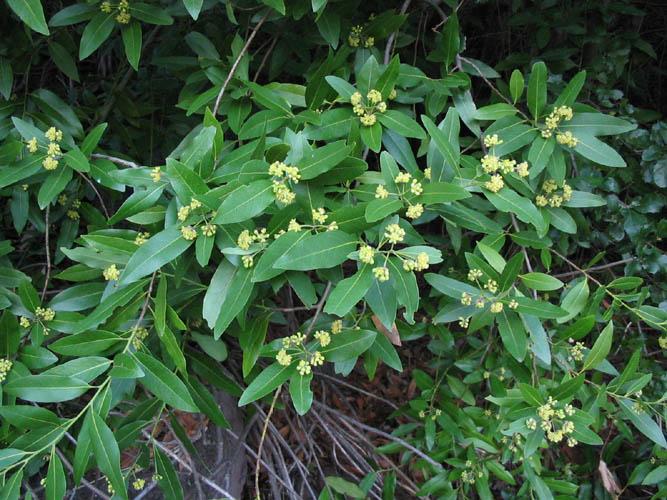
Most people only know about the Oregon myrtlewood from a few scant pamphlets and reporters who claim to have visited the myrtlewood trail with the same sincerity of a Woodstock attendance claim.
We’re going to take an in-depth look at this widely misreported cousin of the bay myrtle tree.
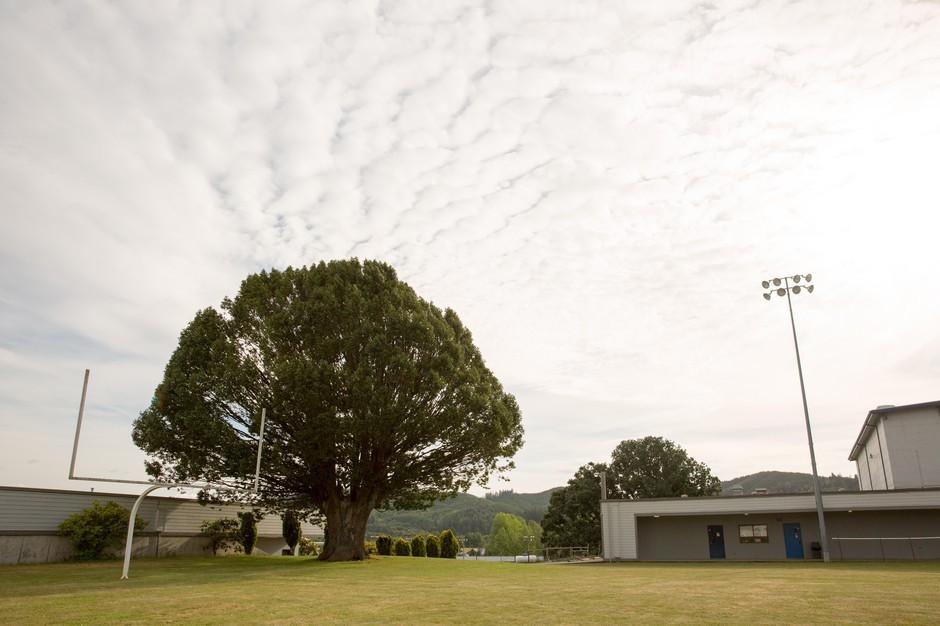
Oregon Myrtlewood is a distinct subspecies of the bay myrtle. Whereas the Bay Myrtle is a tree commonly known to produce a savory herb common to Italian cuisine, Oregon Myrtlewood is a distinctly sweet smelling variety. No person visiting could possibly miss the sweet smelling fragrance of the tree. Many evoke images of intangibly spicy snickerdoodles. Others claim it smells like chai tea. Either way you look at it, the most common perception is a sweet over savory bouquet.
The Oregon Myrtlewood is rare?
The Oregon myrtlewood is hardly rare or obscure. The tree does have a limited range and some minor soil requirements, but will grow anywhere soil conditions and climate allows. Oregon myrtlewood propagation has shown limited success in test groves around the world. The primary reason is that the myrtlewood is an outstanding riparian tree. A broad leaf evergreen that cycles leaf growth over full shedding, and multiple propagation methods make the tree a relatively low maintenance watershed planting.
Recently, a Eugene reporter claimed to have come to see the “Quaint obscure squat trees” The reporter expressed a sentiment almost on par with a sense of inconvenience to have to venture to my back woods part of Southern Oregon. I honestly don’t believe half the people who claim to have come here to report on the trees or the trail. There are only 2 roads into the forest or trail and I live on one of those roads less than 5 miles away. Strange vehicles tend to get noticed. Similarly, any journalist worth the title would have noticed Oregon myrtlewood trees heading out of Eugene on Rt. 126 or South on I5 by the time you pass Creswell.
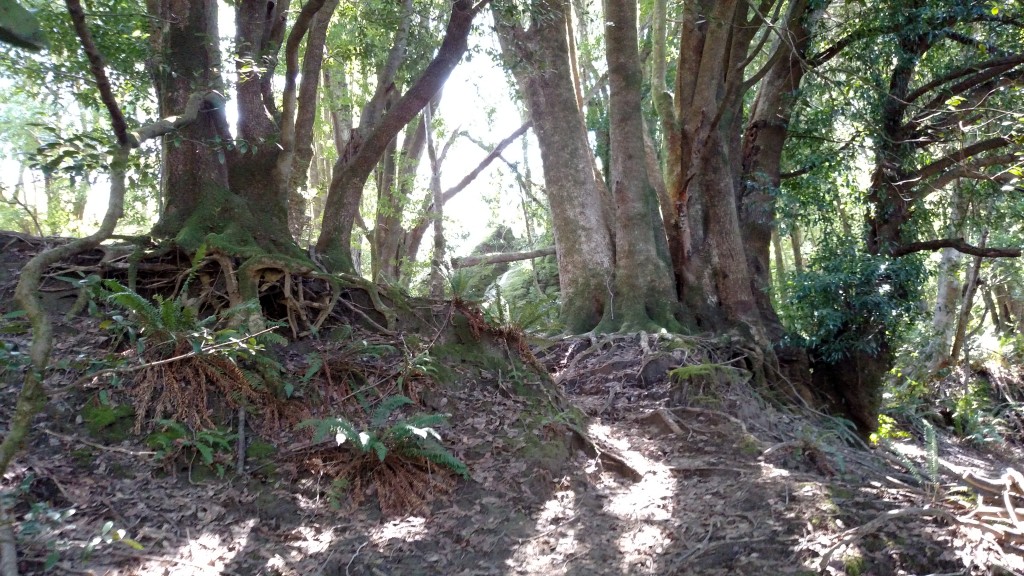
By the time you make it to Drain, myrtlewoods can be seen shading nearly every stream encountered. Turning toward the coast along really any coastal route from 126 to 199 or even Bear Camp Rd for that matter will take you across the 60 or so mile wide coast range habitat. There is no shortage of opportunities to stop and smell the Oregon Myrtlewood for yourself.
So myrtlewood makes a pretty bowl, what else is it good for?
Beyond wood turning and serving ware, Oregon myrtlewood has some botanical and culinary properties. Insects really don’t like the smell of myrtlewood leaves. The first settlers of the region would harvest leaves to place between sacks of flour or grain to prevent insects from getting into the shipment. The first organic insecticide derived fully from nature, and in Oregon no less. Even back then, people were thinking about ways to be responsible within their understanding of the world.
The culinary aspect of the Oregon Myrtlewood is a truly elusive delicacy. This variety of myrtle produces nuts. Myrtlenuts are a rare delicacy because not every grove produces nuts every year. It can be up to 3 years between fruiting. The trees will still flower every year regardless of whether they produce nuts. The olive green husk is discarded to reveal a tan nut roughly twice the size of a cherry pit.
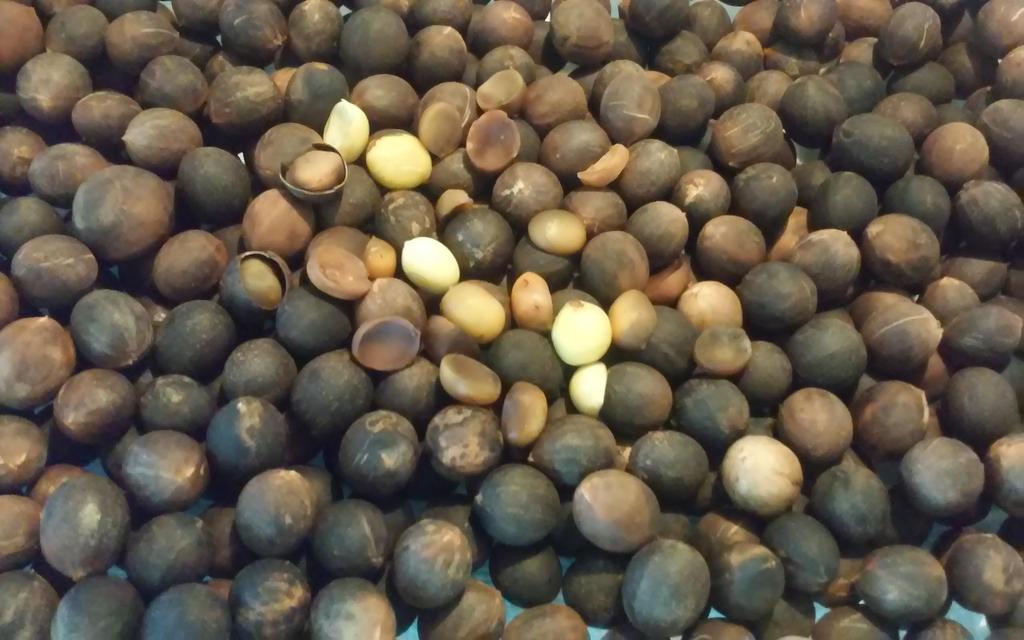
The nuts are husked and allowed to dry for several weeks before roasting. Roasted Oregon myrtlewood nuts have a distinct flavor that anyone who loves coffee can immediately identify with. Roasted nuts taste exactly like chocolate covered espresso beans. The magic really happens when you grind roasted myrtlewood nuts. The high fat content of the nuts begin to render as a smooth liquor emerges with heavy notes of coffee and dark chocolate expressed.
J and I made a batch of Chocolate Covered Myrtlenut Cremes for Christmas last year. We’re always experimenting with recipes in our test kitchens here at TRO. This has to be my all time favorite forage just because of that myrtlenut creme candy recipe. We’ve also experimented with flavoring sugars. Fresh versus dry leaves make a difference in flavor and aroma. Fresh leaves produce a masala chai scent and dry leaves produce a spicy snickerdoodle scent. Use Oregon myrtlewood leaves to flavor infuse your next batch of cookie rolling sugar and watch your foodie friends descend into madness figuring out the “secret” ingredient.
Being such a fragrant tree, Oregon myrtlewood leaves can be steam distilled to extract the essential oils. Myrtlewood essential oil can be used to scent candles, sachets, and even perfuming. You can also use that extracted oil to repel insects in the yard too. Use steam distilled oil dilluted in a standard garden sprayer to treat areas around your deck and mulch beds to repel insects.
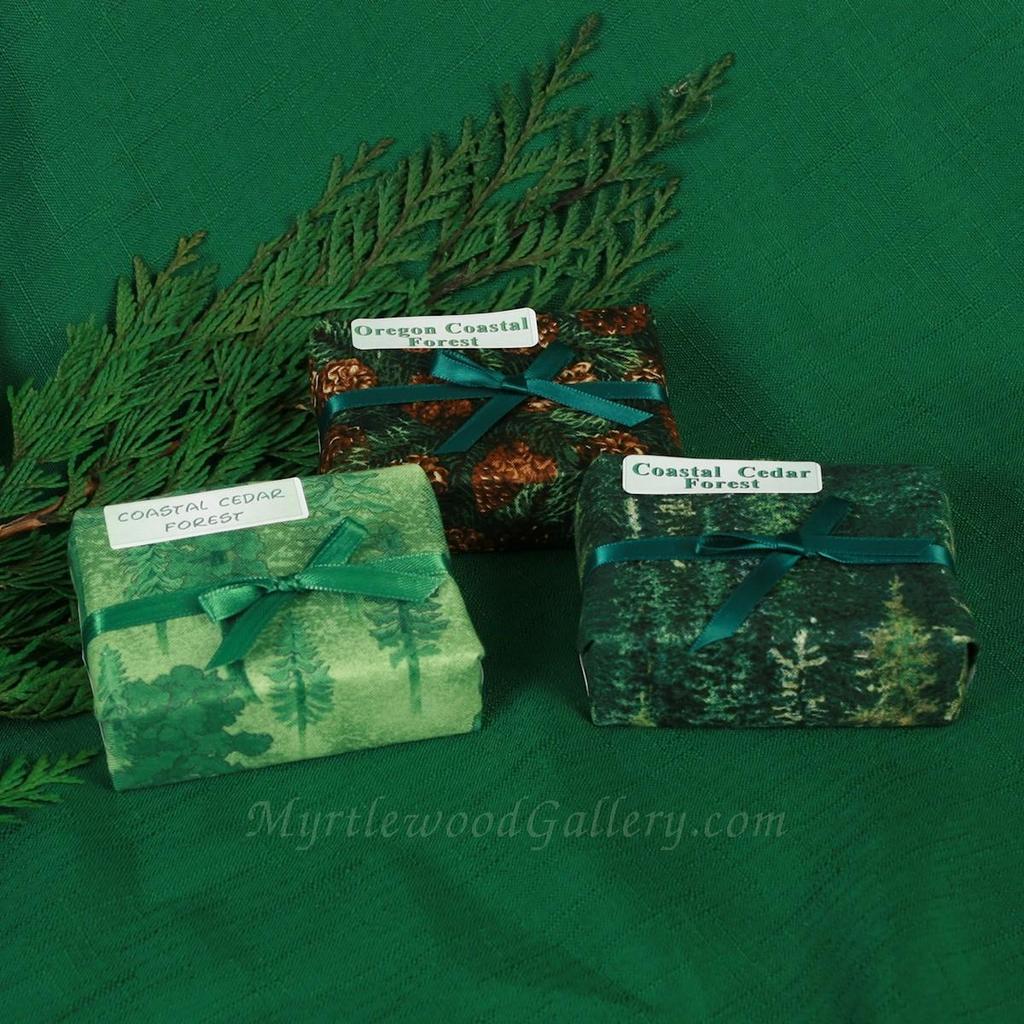
Remember how we mentioned the early settlers usage? One of those early derived products was fragrant soap. Shops still sell it to this day because it’s a nice smell. Not as overpowering as patchouli but not as common as vanilla, myrtlewood falls pleasingly and mysteriously in the middle.
We mention Myrtlewood Gallery as one of the many retailers who produce products from Oregon Myrtlewood. Well, that and it’s my Editorial discretion to pick one of the hundreds of people who could have provided this exact information and a crap ton more to any journalist who even bothered to ask.
https://www.myrtlewoodgallery.com/
Editor’s Note: I’m not from Oregon. Not even raised here. I moved to Oregon a decade ago. I gathered my myrtlewood facts from conversations with Siletz Elders, Ecologists, Loggers, Forest Service Rangers, and extensive site visits. I knew there was a great deal of history attached to the state and many famous plant and animal species. I was raised to learn about the place you live. I’m still learning state trivia. This story isn’t about some obscure flower that may or may not exist anymore in a wilderness.
This is plainly and simply about bothering to give a damn about the news & content you take a paycheck for producing.


